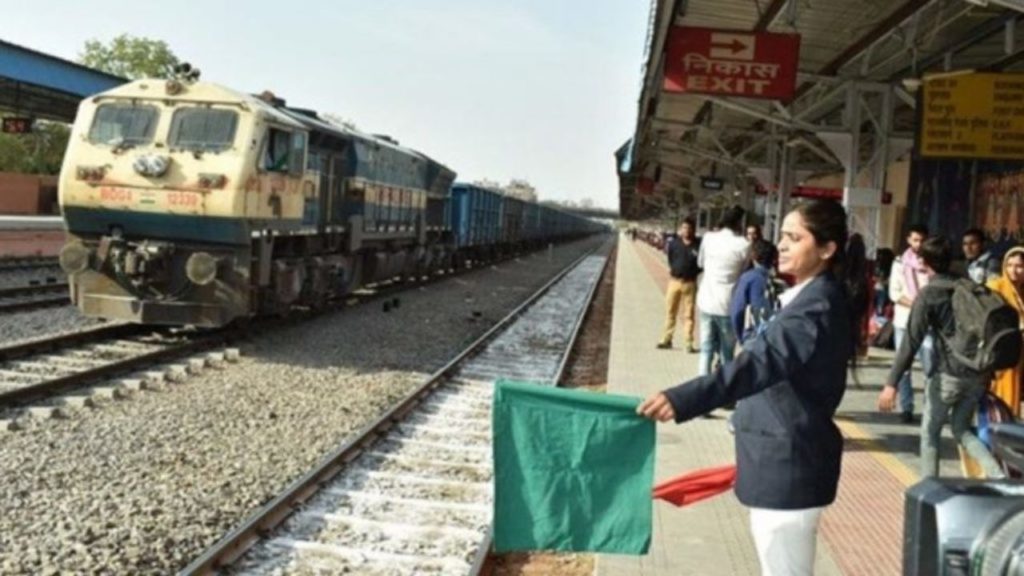Indian Railways Spend Rs 25,000 Crore For Advanced Safety Features: 5MHz Band, Anti-Collision System & More

The Union government stated on Wednesday that Indian Railways will be granted with 4G spectrum for communication, replacing the current 2G spectrum, to promote better communication channels, following a Cabinet meeting chaired by Prime Minister Narendra Modi.
It also added that the government will be improving the automatic train protection mechanism in India by installing collision avoidance systems in the trains for the safety of passengers.
“Until now the railways were using optical fibres for communication but now this modern spectrum will bring radio communication to railways and with the help of such setup, real-time communication can be established. This will increase safety to a great extent and will transform the railways greatly…,” Union minister Prakash Javadekar said while addressing a press conference.
He added that the signalling system for the trains is being renewed as well.
Collision-Avoidance Technologies For Railways
The adoption of collision-avoidance technologies has increased automatic train protection in Indian railways, according to Javadekar.
“The matter of pride for India is that these collision avoiding systems for railways have been designed by four Indian companies. This is a beautiful brainchild of the Make in India campaign,” he added.
Both of these choices, according to Javadekar, are targeted at improving passenger safety and boosting the number of trains available. “By speeding up train signalling, more trains will be running on the tracks now,” he said.
Defining a timeline for these projects, Javadekar said that all this work will be completed in the next five years.
“Ninety-six per cent of total traffic in India runs on these 34,000-kilometre-long railways lines and [this is] where such communication and signalling set up will be installed over the next five years,” he said.
Total Expected Expenditure
The total expected expenditure on these projects is around 25,000 crore.
Javadekar said that the Union government had decided to enhance the production of urea in the country, large quantities of which had to be otherwise imported earlier
Ramagundam Fertilizers and Chemicals Limited, based in Telangana, was granted the advantage of this subsidy scheme, which had ceased to exist in 2019. According to Javadekar, the company expects to manufacture approximately 1,200,000 metric tonnes of urea every year.
“This too is a step towards Aatmanirbhar Bharat as this factory will reduce the burden of urea import,” he said, adding the government was looking to establish more such factories through more subsidy schemes.

Comments are closed, but trackbacks and pingbacks are open.